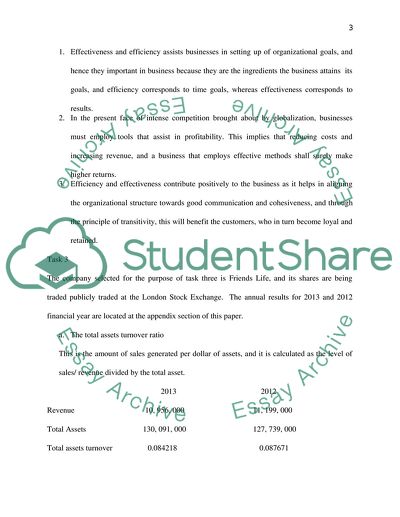Cite this document
(“Measuring Business Performance Coursework Example | Topics and Well Written Essays - 1500 words - 3”, n.d.)
Measuring Business Performance Coursework Example | Topics and Well Written Essays - 1500 words - 3. Retrieved from https://studentshare.org/finance-accounting/1681546-measuring-business-performance
Measuring Business Performance Coursework Example | Topics and Well Written Essays - 1500 words - 3. Retrieved from https://studentshare.org/finance-accounting/1681546-measuring-business-performance
(Measuring Business Performance Coursework Example | Topics and Well Written Essays - 1500 Words - 3)
Measuring Business Performance Coursework Example | Topics and Well Written Essays - 1500 Words - 3. https://studentshare.org/finance-accounting/1681546-measuring-business-performance.
Measuring Business Performance Coursework Example | Topics and Well Written Essays - 1500 Words - 3. https://studentshare.org/finance-accounting/1681546-measuring-business-performance.
“Measuring Business Performance Coursework Example | Topics and Well Written Essays - 1500 Words - 3”, n.d. https://studentshare.org/finance-accounting/1681546-measuring-business-performance.


